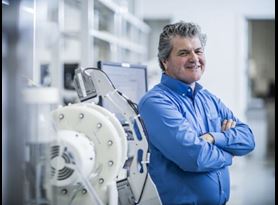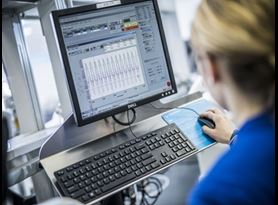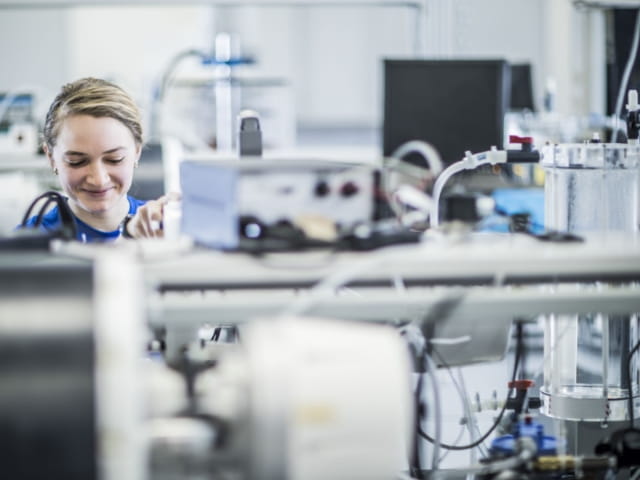Rated burst pressure (RBP) and leak test methods evaluate the safety and efficacy of medical devices that contain liquid or air during use. The devices are routinely tested to failure at worst-case conditions to ensure they are compliant and fit for use in the field.
Element specializes in medical device burst and leak testing for catheters, balloons, valves, medical bags, tubing, and connectors.
In addition to leak and burst testing, pressure and flow rate testing provide product performance data such as fatigue, inflation and deflation time, and compliance determination.
Rated burst pressure testing
Element offers rated burst pressure testing at low (up to 100 psi) or high (up to 1000 psi) pressures to characterize devices such as balloons or catheter bodies. For these methods, complete catheters or subassemblies with the balloon mounted on the catheter are used to measure rated burst pressure, the pressure at which 99% of the balloons can survive with 95% confidence. Ruptures, leaks, and pressure loss are recorded and failure modes are noted to characterize the balloons.
Additionally, we test non-stented endovascular grafts and vascular prostheses for pressurized burst strength per ISO 7198. Pressurized burst strength is measured by either directly filling the device with fluid or by using a balloon distention apparatus. Water entry pressure, leakage, and compliance are common tests that are often performed for vascular grafts.
Leak testing and detection
Leakage tests reveal any manufacturing defects in fluid management systems by using air or liquid flow through a variety of components, including connectors, vent fittings, and catheter tip seals. Our advanced testing equipment operates with either air or liquid medium to assess leakage.
Our laboratories are equipped with both low (up to 100 psi) and high (up to 1000 psi) pressure instruments to collect highly accurate test data. We also provide custom testing which allows for programmable steps where the parameters of each sequence are tailored to the device and its clinical indication.
Pressure and flow rate testing
Our medical device experts perform pressure testing on balloon catheters to assess balloon fatigue. During a balloon catheter pressure test, the device is inflated to RBP, the pressure is held for 30 seconds (or other indicated time), the balloon is deflated, and then the process is repeated for 20 cycles.
Balloon or endovascular graft compliance is a function of the pressure-diameter relationship for a given device. We utilize balloon compliance charts for proper catheter size selection to fit the target vasculature site. Balloon inflation and deflation times are critical product specifications as they control how long a vessel might be occluded by the balloon and blood flow is obstructed.
Contrast media flow rate testing for catheters is typically performed at both maximum burst pressures and pressures catheters experience during clinical use.
For more information about our rated burst pressure or leak testing, contact us today.
Related Services

ISO 10555 Catheter Testing
ISO 10555 outlines general requirements for testing intravascular sterile use catheters. We offer comprehensive testing services for catheters and balloons according to FDA guidance document recommendations and ISO standards.

ISO 11070 Guidewire Testing
ISO 11070 outlines general requirements for testing sterile single-use intravascular introducers, dilators and guidewires.

Stent & Graft Testing
Element’s cardiovascular device experts offer a comprehensive suite of stent and graft testing including pulsatile durability, fatigue, visual inspection, and custom test methods.

Neurostimulator Lead Testing
Neurostimulator lead testing subjects devices to flex fatigue and distal tip buckling, representing a minimum of 10 years post-implantation service life. Learn more from our experts.

